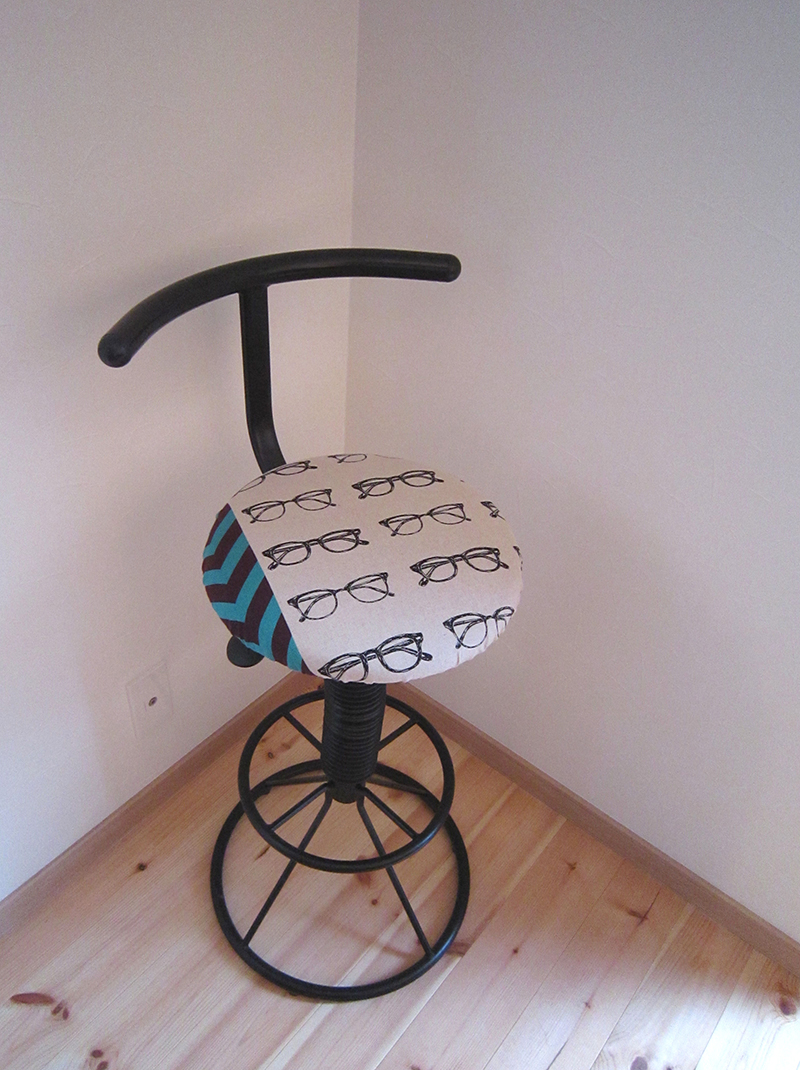
October – it is going full-fledged into fall and getting chillier. Even though you have been too busy to take out your summer clothes and items from the closet, it’s that time already to change your wardrobe to fall/winter.
Don’t you want to rearrange your room at the time of koromogae* ? For the coming season, lacy café curtains could be replaced by cotton or linen ones in muted color. Or, how about making placemats to complement hot meals like a soup?
Probably fabrics will be so useful for redecorating your interior… How exciting! Well, what’s the first project?
While thinking a lot about it, I received an email saying “I recreated a chair!”. It was from the handmade craft artist Anri, who had made a glasses case and a lampshade for our Craft & Sewing column with echino’s newest prints. Look at the above picture of a bar stool reworked by Anri. The fabric of seat cover is the one from echino’s nico collection she used for the glasses case.
Anri said, “This bar stool had been my husband’s before we were married. It was put away for a long time due to stains on the seat of synthetic patent leather; we could not throw it out. One day, an idea crossed my mind, ‘why don’t I replace the seat cover so we can use it again?’ ”
Anri shows how she reworked it in her blog;
1. Unscrew the seat (to replace the cover easier)
2. Cut out the fabric to be a size larger than the seat
3. Fold the row edge in three at 1.2cm approx.
4. Put a string through the opening, cover it over the seat, and tie it up
5. Screw the seat to attach to the stool
According to her, it took almost 2 hours totally to rework this and another stool.. She also advised, “Elastic would eventually stretched and become misaligned. I believe a string is more suitable to fit it tightly and rightly.”
Since it is easy to put on and take off, you can wash it or change the cover with the seasons.
About this rework project with pictures and a diagram, go to http://ananrinrin.blog51.fc2.com/blog-entry-594.html
*) “koromogae” is a custom in Japan on or around June 1st and October 1st, which means seasonal changes of clothes to suit the season. The change is visible mostly in schools and companies where they have uniforms. Summer uniforms are worn from June 1st to Sep.30th. On October 1st, they are switched to another uniforms for cooler months until May 31st. (Some schools may have different dates but most ones stick to these days, probably to avoid confusion.)
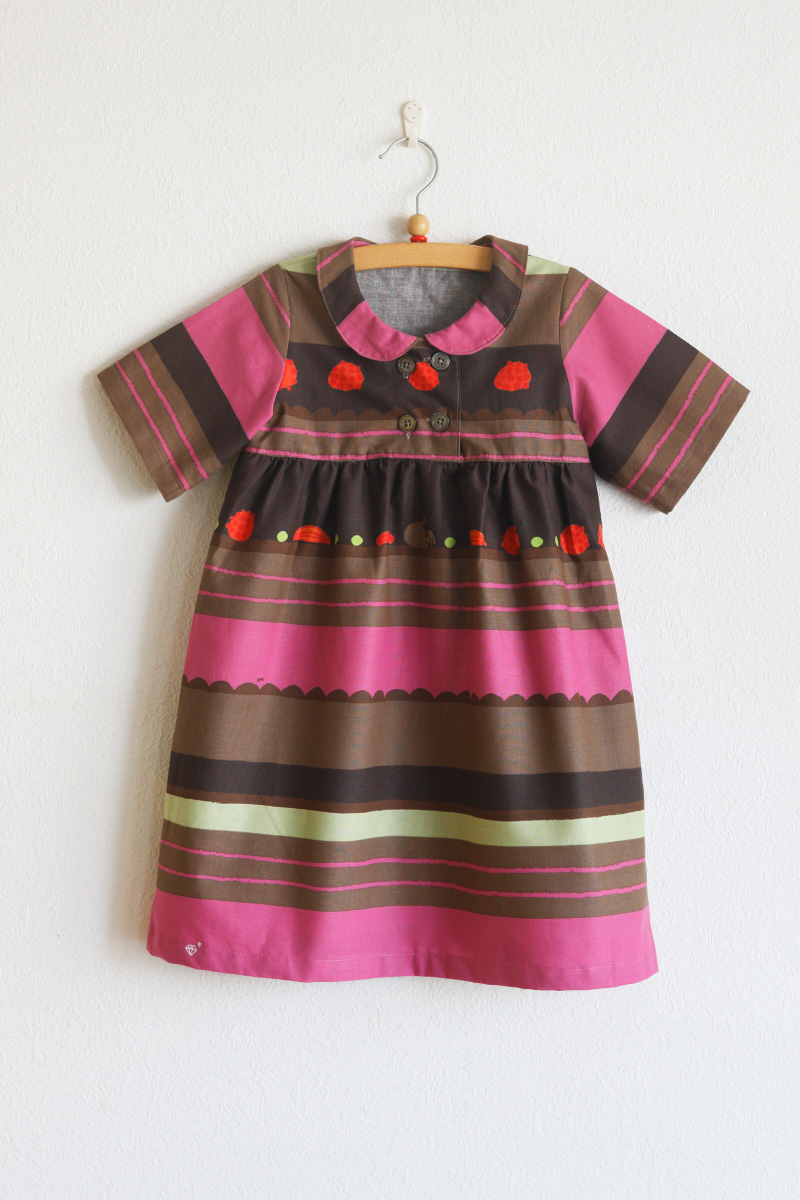

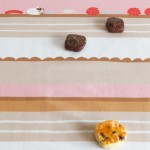
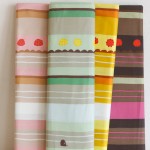
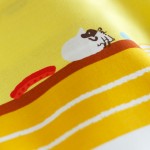
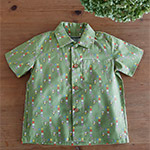 Creative Thursday “the tinies”
Creative Thursday “the tinies”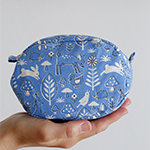 Puchi Puri (Petit Print)
Puchi Puri (Petit Print)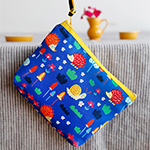 Anna Berger
Anna Berger
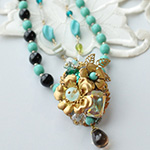 Inspiration 33
Inspiration 33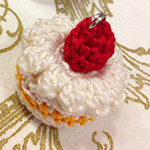 Inspiration File 30
Inspiration File 30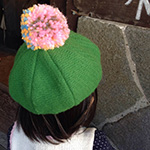 Inspiration file 27
Inspiration file 27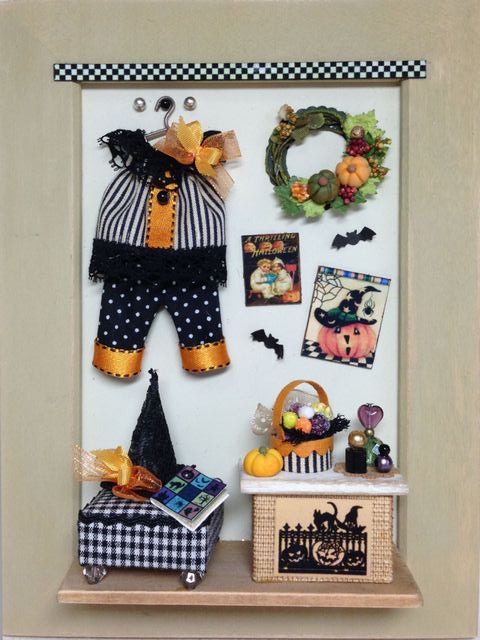
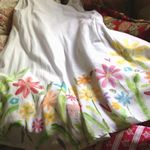 Inspiration File14
Inspiration File14
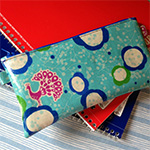 Inspiration 28
Inspiration 28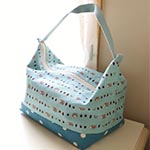 Inspiration file56
Inspiration file56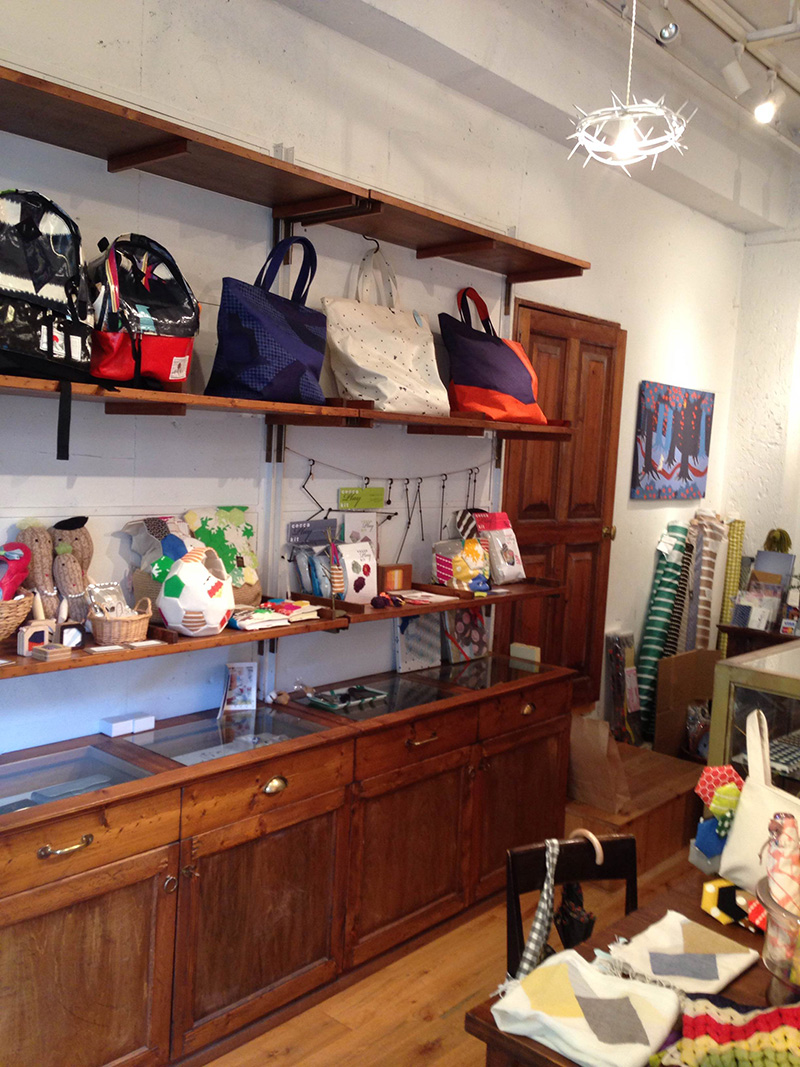
 file011
file011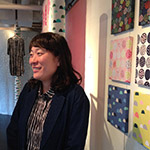 file 008
file 008 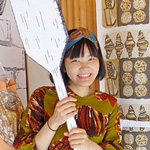 Visit Artist 016: Aco Sakamoto (Textile Designer)
Visit Artist 016: Aco Sakamoto (Textile Designer)